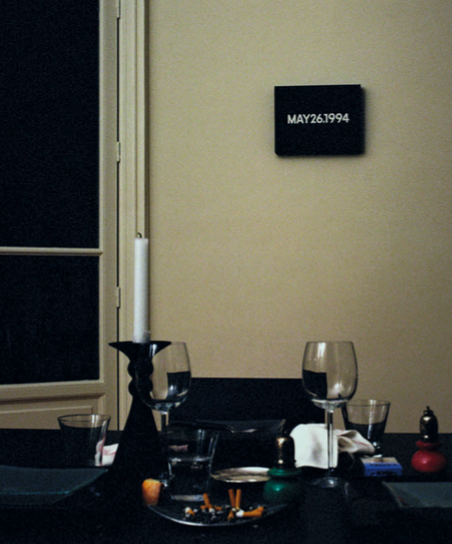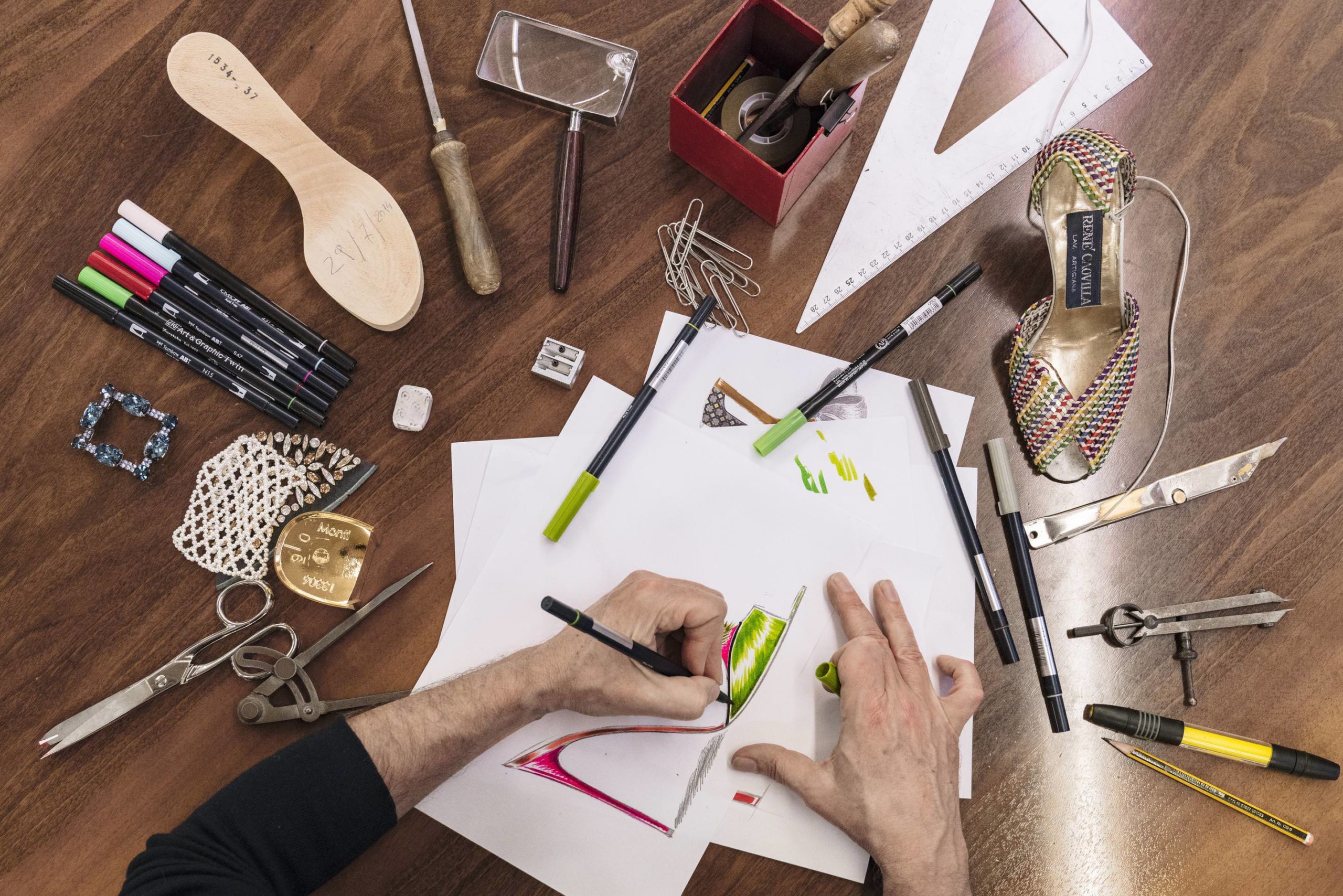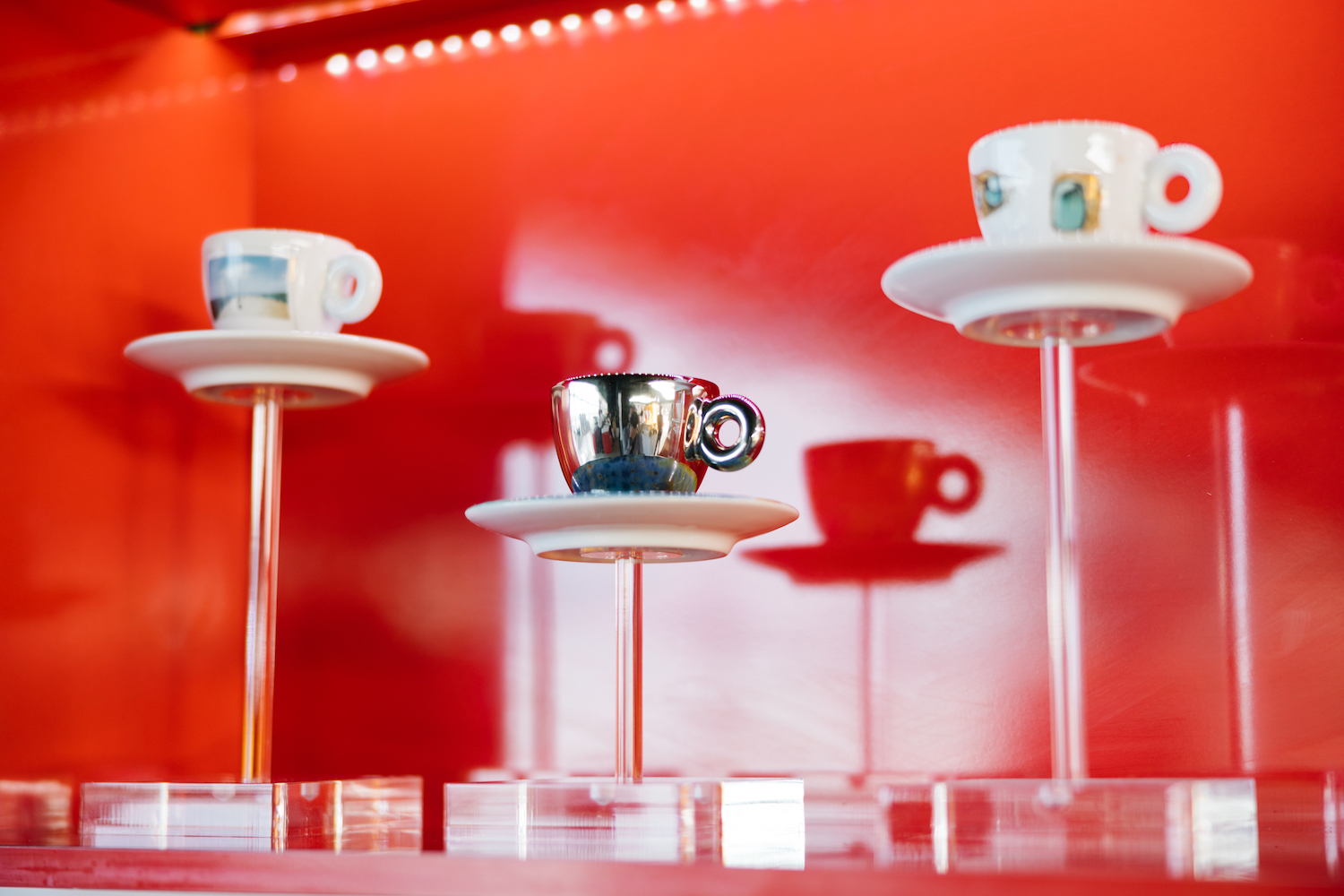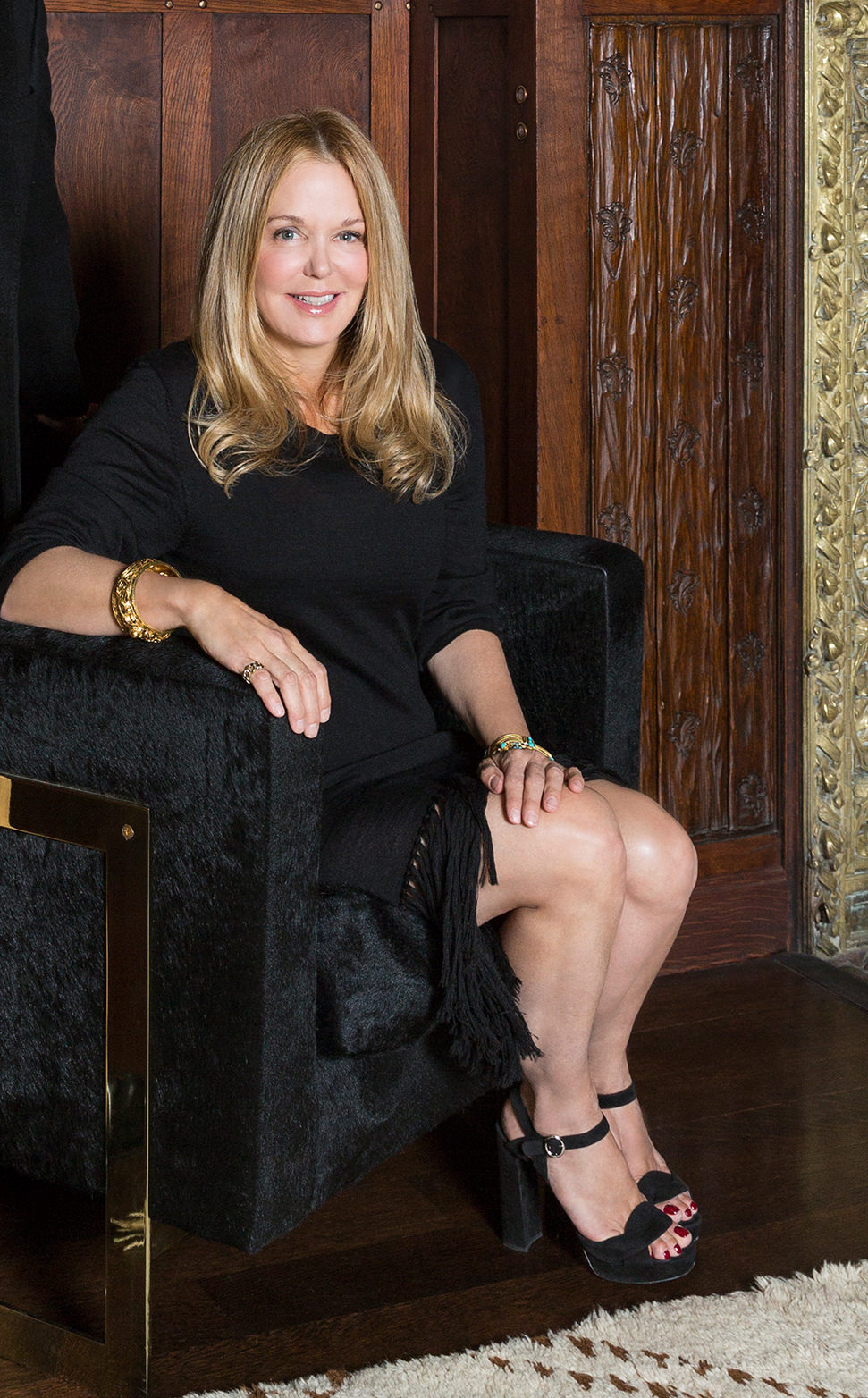The Museum of Modern Art opened the first major survey of Louise Lawler’s 40- year career at the end of last month. Taking its name from her 1981 iconic black-and-white photo Why Pictures Now, the show explores the creative output of one of the seminal artists of the Pictures Generation. On view are works from the seventies to today, including her photographs of art in collectors’ homes, her “adjusted to fit” images, ghostly tracings of her images, and a curious early audio work, Birdcalls. Whitewaller spoke with MoMA senior curator Roxana Marcoci about the exhibition.
WHITEWALLER: Louise Lawler’s practice focuses on the display of art. So how did you work with her on putting together this exhibition?

Louise Lawler, Still Life (Candle) (adjusted to fit), 2003/2016, dimensions variable, courtesy of the artist and Metro Pictures, © 2017 Louise Lawler.
ROXANA MARCOCI: Louise Lawler is an artist who is extraordinarily profound in the way she engages with an exhibition. Her work so much deals with strategies of presentation and reception. Louise pays attention to institutional frameworks and modes of display—how art is being produced, but also how it’s being received.
So once she accepted the invitation it’s been a true collaboration. She’s involved in every aspect of the exhibition, from the catalogue to the marketing campaign.
WW: One gallery in the show will have just tracings of her images on the walls. Can you tell us about that?
RM: There are a few things that are critical in Louise’s work. One is how art changes meaning depending on context. The other is the process of continuing representation, reframing, or restaging in the present. It is important how her work is tied to the present moment. Take the show’s title, “WHY PICTURES NOW.” The emphasis on “now” repurposes the whole idea of a survey exhibition and how her work is being interpreted in the moment.
When she revisits her own work, she transfers the images to different formats and sometimes she transfers from a photograph to a tracing, like you mentioned, but also to what she calls “adjusted to fit.” The tracings are large-format black-and- white line versions of her photographs in which she eliminates color and detail.
They function more like ghosts of the original. The “adjusted to fit” images are stretched or expanded to fit the location of their display. Through this reformatting of her own images, she’s not only suggesting the idea that pictures can have more than one life, but also she underscores the very relational character of her work.
WW: Are there any new works that will be on view?
RM: Yes. At the beginning of this year, at the moment when the whole subject of truth and fake news came to the forefront of the national discourse, Louise tweaked her “adjusted to fit” images by adding a twisting or twirling motion to certain works, and therefore further distorting them as a reaction to the concept of “alternative facts.” One of these new works will feature very centrally in the exhibition.
This article appears in the spring 2017 Whitewaller New York issue out next week for Frieze New York.








